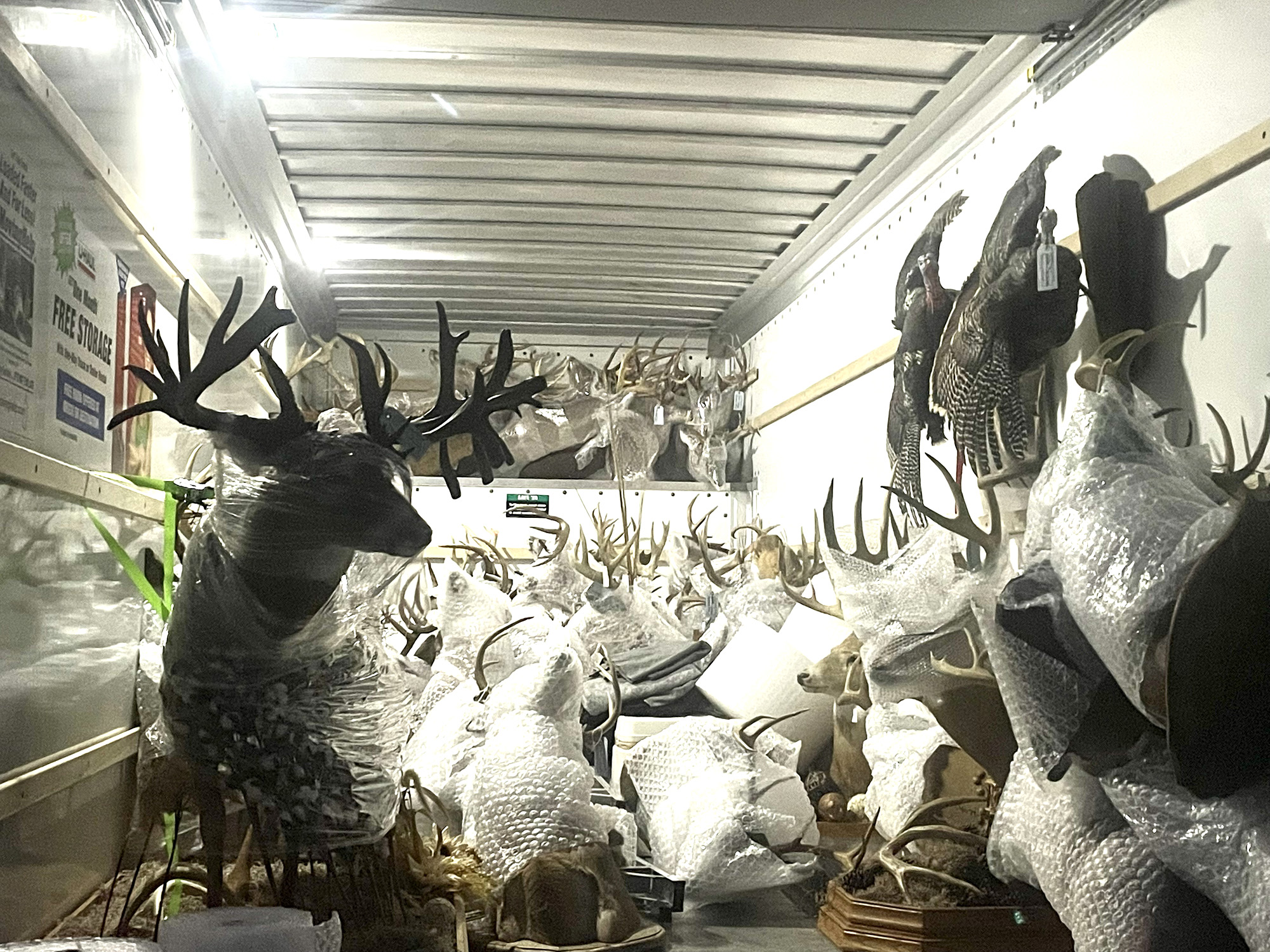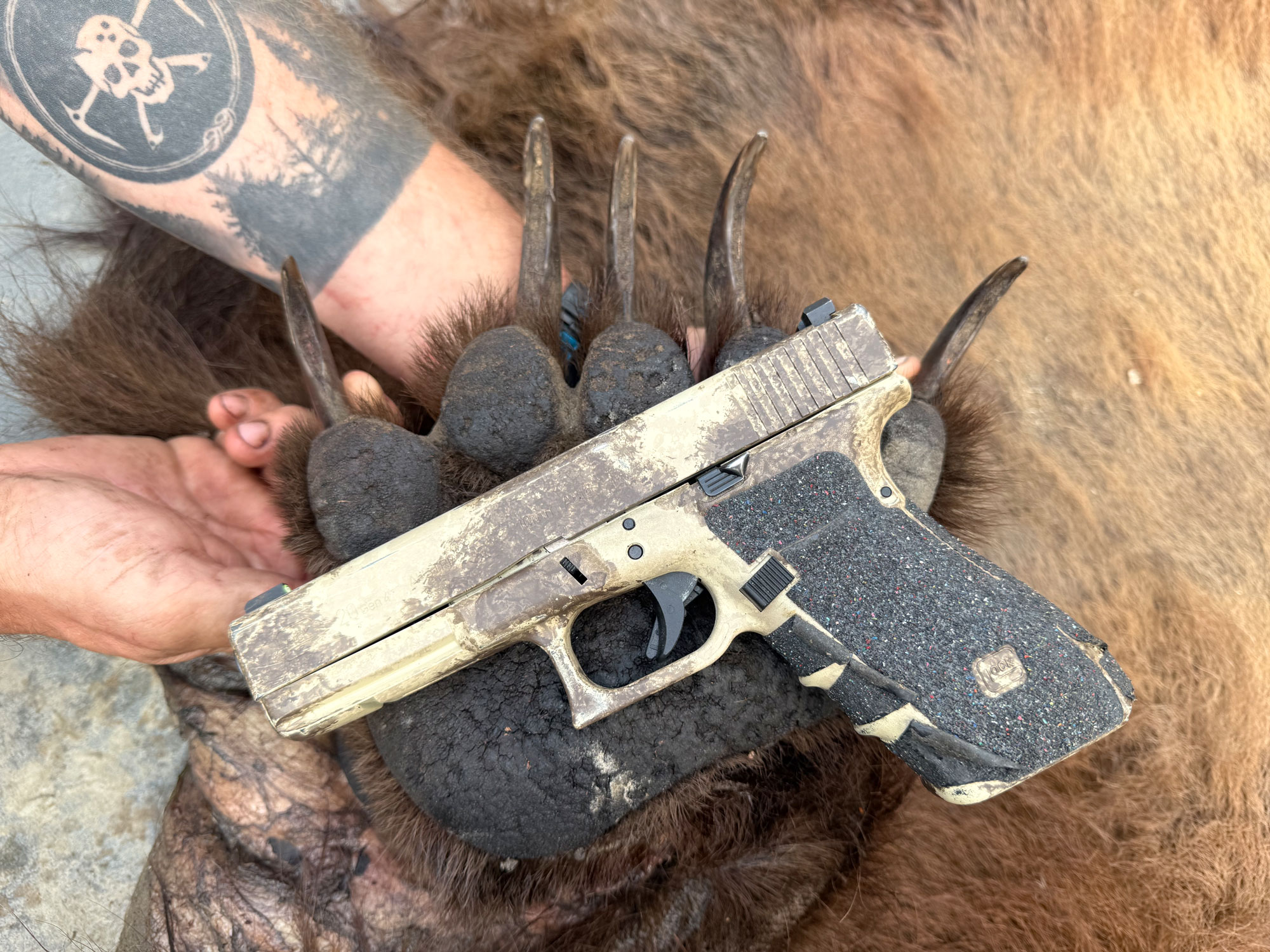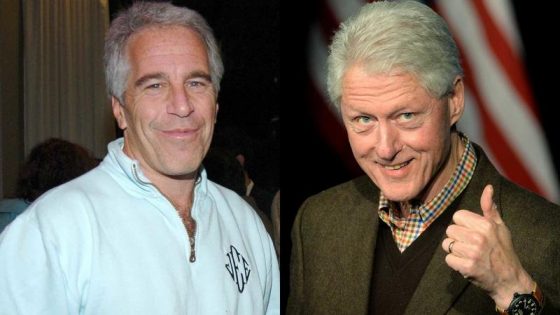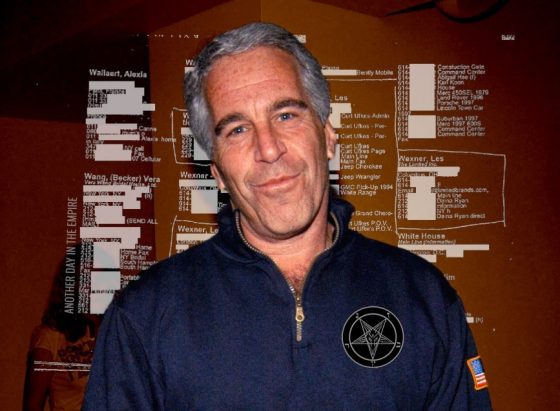5 Men Were Busted for a Trophy-Buck Poaching Ring. They Killed 60-Plus Deer

Five Mississippi men have been sentenced in federal court for their roles in a long-running poaching and wildlife trafficking operation that targeted trophy-class whitetails in Southern Illinois.
The case was filed in 2023 and has finally been resolved, according to a recent press release by the Department of Justice. Court documents obtained by OL show that between 2018 to 2022 the “poachers would use spotlights to scout white-tailed deer in Massac, Jefferson, Union, Pope and Clark counties in southern Illinois. Once a deer was located, members of the group would get a rifle, spotlight the deer again, and then shoot to kill. They would later return to collect the carcass.”
The men transported deer across state lines to Mississippi, where they would process the deer and mount them. An indictment filed in federal court in September 2023 detailed multiple trips to Missouri where the men rented motels and cabins in Illinois to scout and poach deer in Massac, Jefferson, Union, Pope, and Clark counties.
While court records note violations starting in 2018, one of the Illinois Conservation Police officers who worked the case says that this poaching ring had been operating in the area for roughly two decades.
“Honestly, we really feel we only got maybe a quarter of what they’ve done,” says Conservation Police sergeant Heath Tepovich, who confirmed that the men were responsible for poaching approximately 60 deer — that officials know about. “We found out that the main guy [Lee Johnson] had been doing it for about 20 years.”
The restitution and fees for all five men totaled not quite $120,000. Fifty-four-year-old ringleader Lee Jay Johnson of Saucier, Mississippi, was ordered to pay the bulk of that: $75,000 in restitution fees and $10,000 in fines for Lacey Act violations. While all five men were also sentenced to five years of probation, they all also avoided jail time. The other defendants sentenced in this case are Steven J. Pique, 56, of Biloxi; Gerald B. Moran, 40, of Saucier; Joshua A. Marshall, 30; and John M. Pritchard, 57, of Biloxi.
“It’s hard to catch these people and when you do, you’ve got to set an example. And I think we did that,” says Tepovich. “I’m glad we’ve stopped them. I think we hopefully have corrected some behavior and maybe stopped others from doing the same. But you never know. It’s been my experience that [once convicted] people like that stop for a little bit. But then, they also cannot stop.”
Tepovich says that while a few of the seized deer were returned to defendants as a part of agreements with their lawyers, the majority of the taxidermy remains in USFWS custody. The mounts and antlers will eventually be returned to the Illinois DNR. The fines go to the Lacey Act Reward Account and restitution fees are turned over to the Illinois Department of Natural Resources. Like many states, Illinois sets trophy poaching fines based on the size of a deer’s antlers; any 8- to 10-point buck incurs a fine of $1,000 plus $500 per antler point; any buck with 11 points or more incurs a fine of $1,000 plus $750 per antler.
“This was not an isolated incident of unlawful hunting,” USFWS Office of Law enforcement assistant director Douglas Ault said in a statement. “It was a calculated, multi-year operation that exploited Illinois’s prized wildlife resources for personal gain … Such organized violations undermine decades of conservation progress and diminish the integrity of fair-chase hunting traditions that responsible hunters value nationwide.”
Read Next: Every Hunter Should Know What the Lacey Act Is, How It Works, and Why It’s On the Books
Poaching violations are notoriously hard to document and prove, and a litany of violations often cannot be proven or prosecuted in court. Tepovich says it’s important for the public to stay alert and report any suspected poaching behavior to local law enforcement.
“The biggest misconception of poaching is that people are doing it for food. And, you know, most of the time they’re just out for the trophy and the kill,” says Tepovich. “[Johnson] was paying people to go get the deer, and he would pay some [locals] to go scout deer as well, prior to him coming up [to Illinois]. It was a conspiracy. They set out to kill trophy deer. That was their big thing.”
Read the full article here









